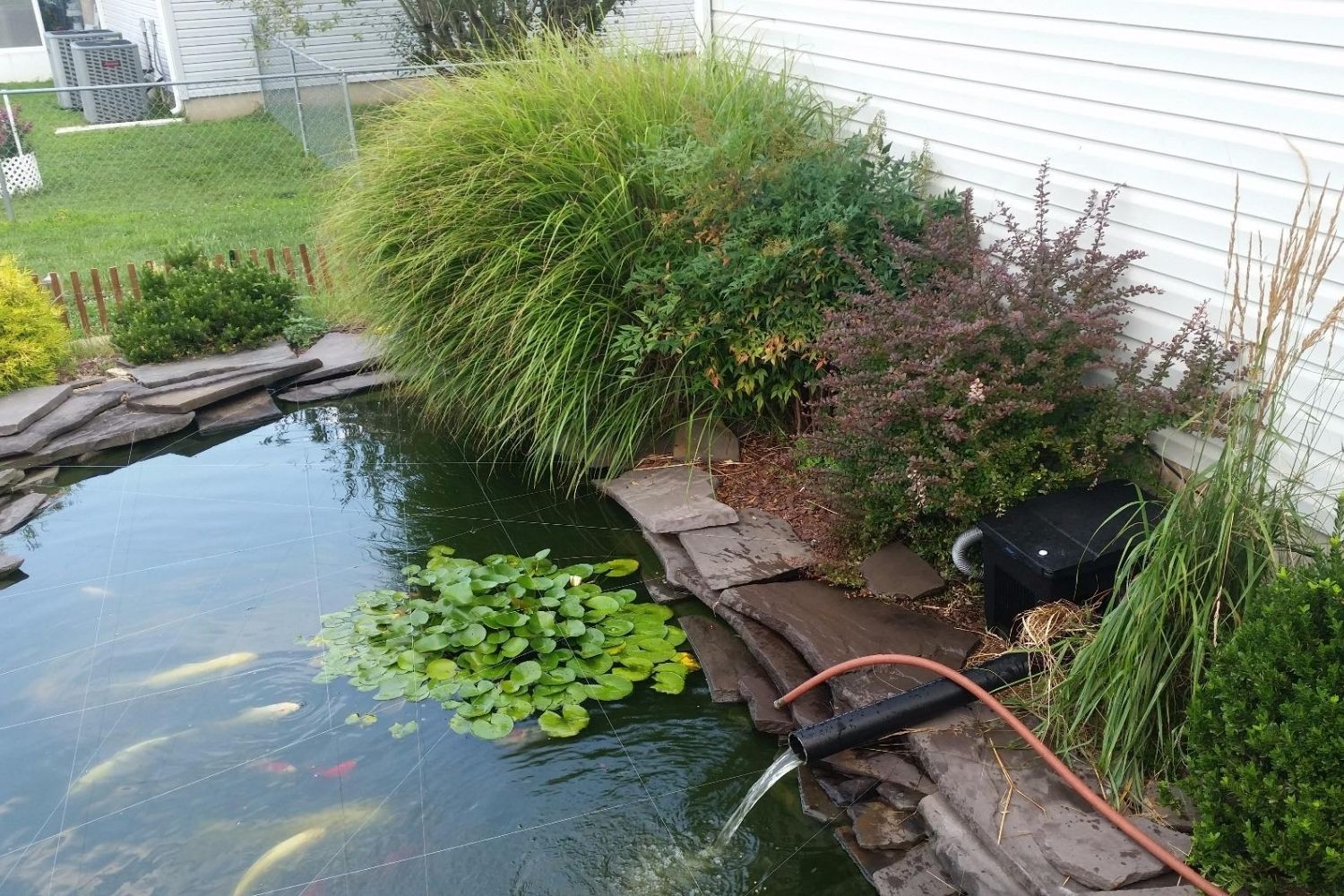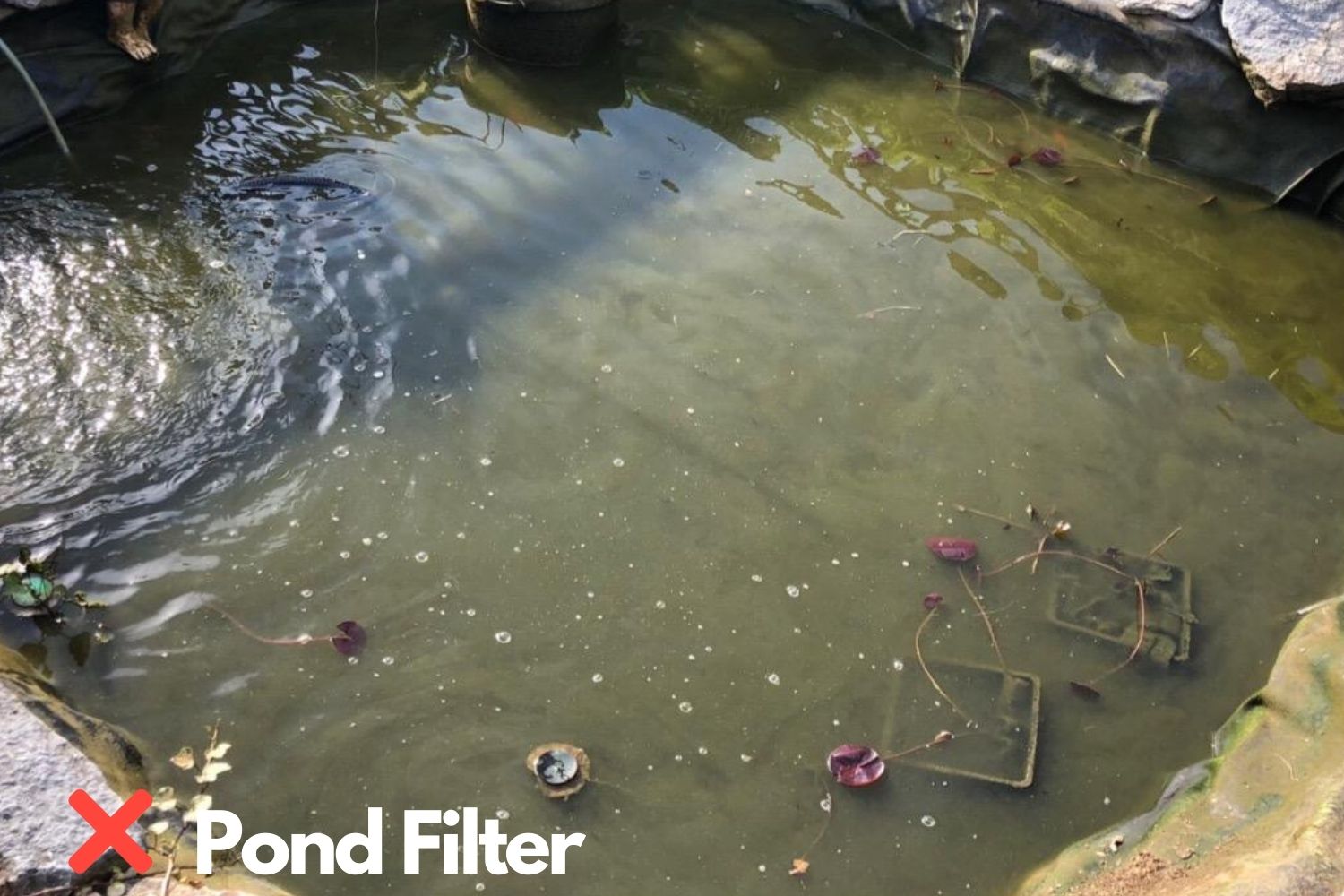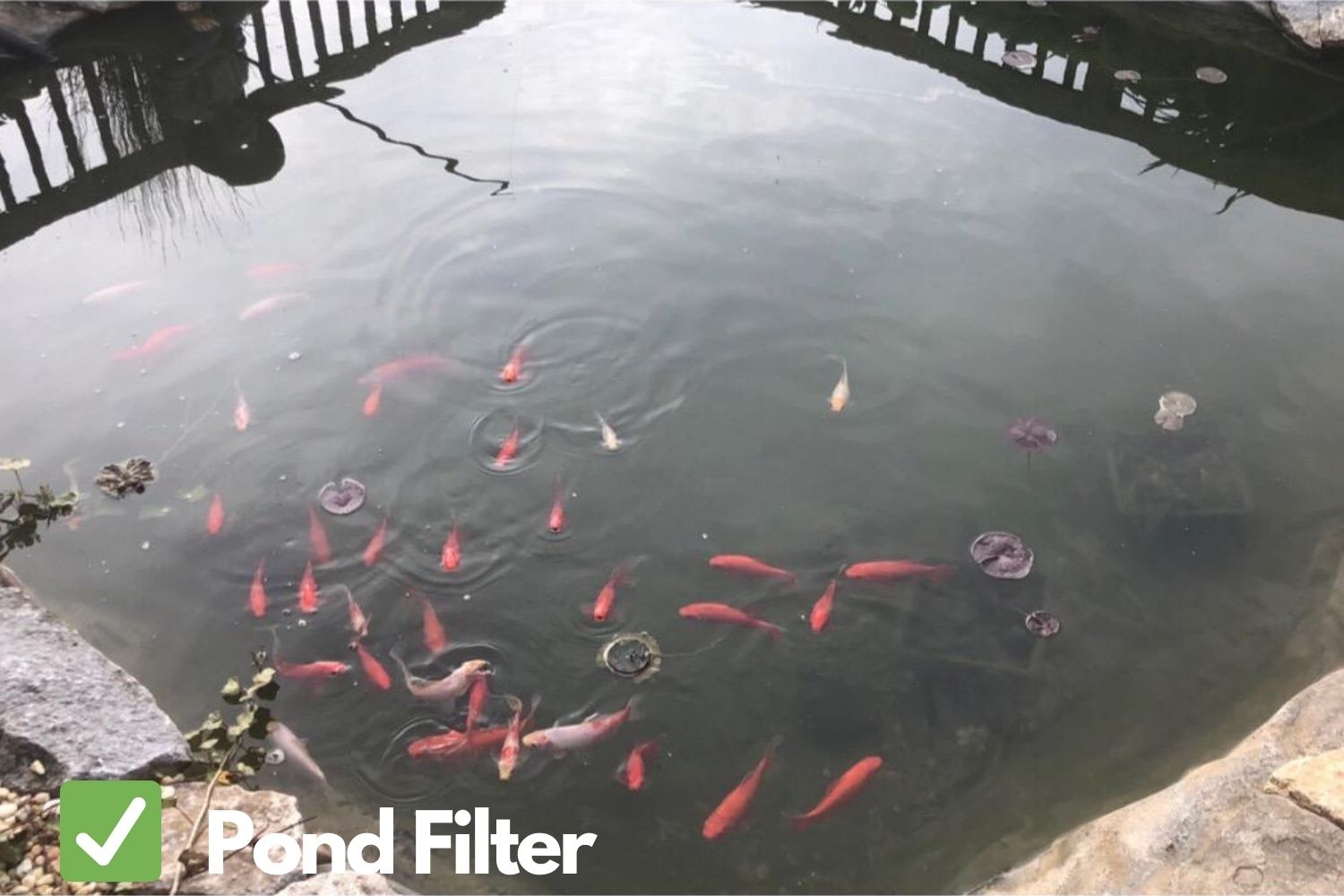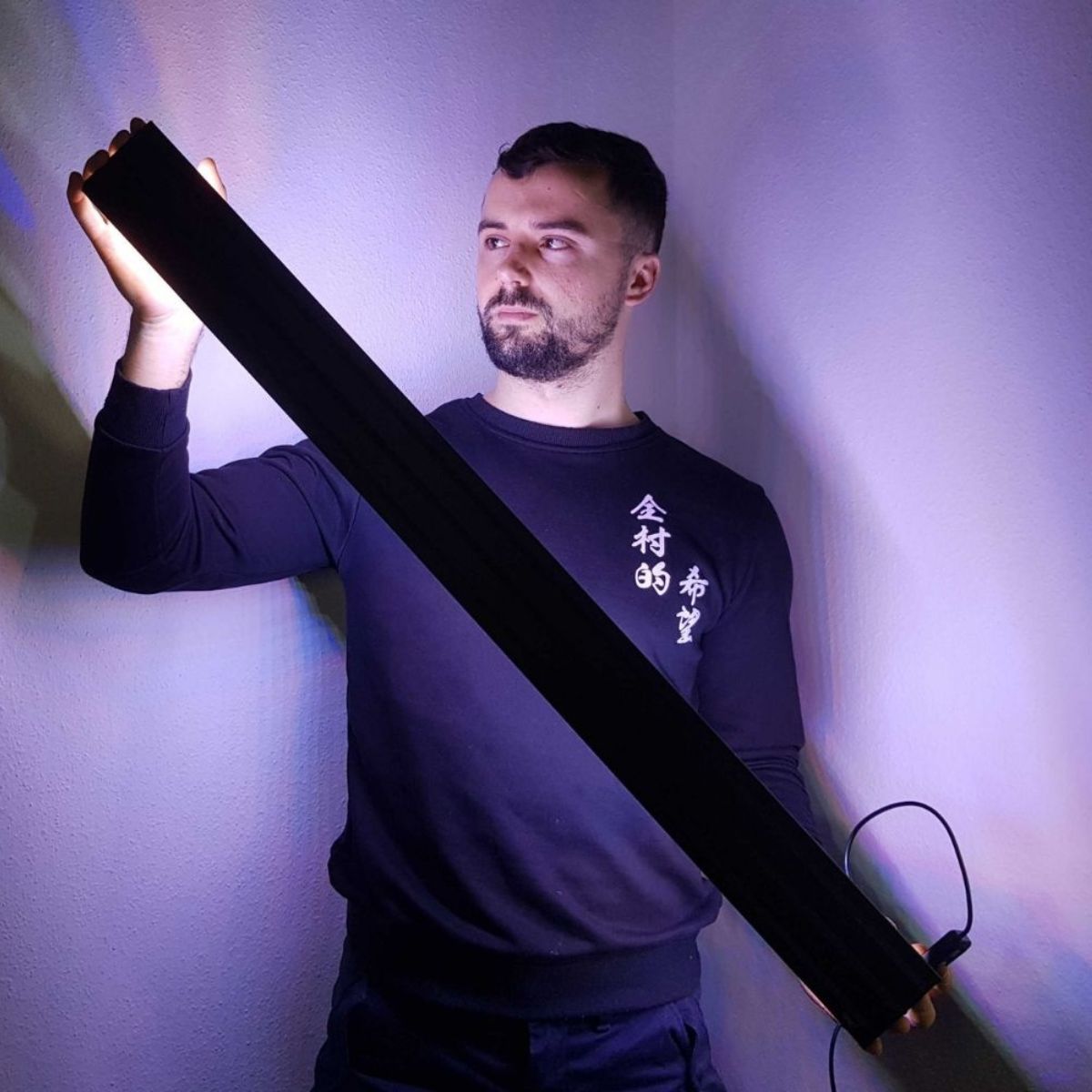A koi pond is genuinely an amazing view to look at every morning you wake up. Building a pond is easy but to keep everything neat and beautiful you’re going to need to know how to maintain it.
The most essential part of the Koi pond is its filtration system. Koi fish requires clean water which can be achieved only by the best koi pond filters. Skipping this critical point can result in death to your Koi fish.
There are quite a few products around. Our team has reviewed the products we handpicked from the wide variety of filters on the market. Our years of experience and months of dedication contributed to this ultimate guide of purchasing the best koi pond filters.
- Best Overall: OASE BioSmart 5000 Pond Filter
- Best with Fountain: CNZ All-in-One Pond Filter System
- Best with Waterfall: Tetra Pond Waterfall Filter
- Best for Large Ponds: XtremepowerUS Koi Pond Pressure Bio Filter
- Best Budget: Grech CPF-2500 Pond Bio Pressure Filter
How Koi Filters Works
When we think of Koi fish, the picture we imagine is always a vibrant yet peaceful pond of beautiful Koi fish swimming in all their grace. Who wouldn’t want that little piece of paradise in their environment?
The first step to creating such heaven with your own hard work and dedication has to be cleanliness. Clear, pure, and freshwater can only be archived by a good pond filtration system.
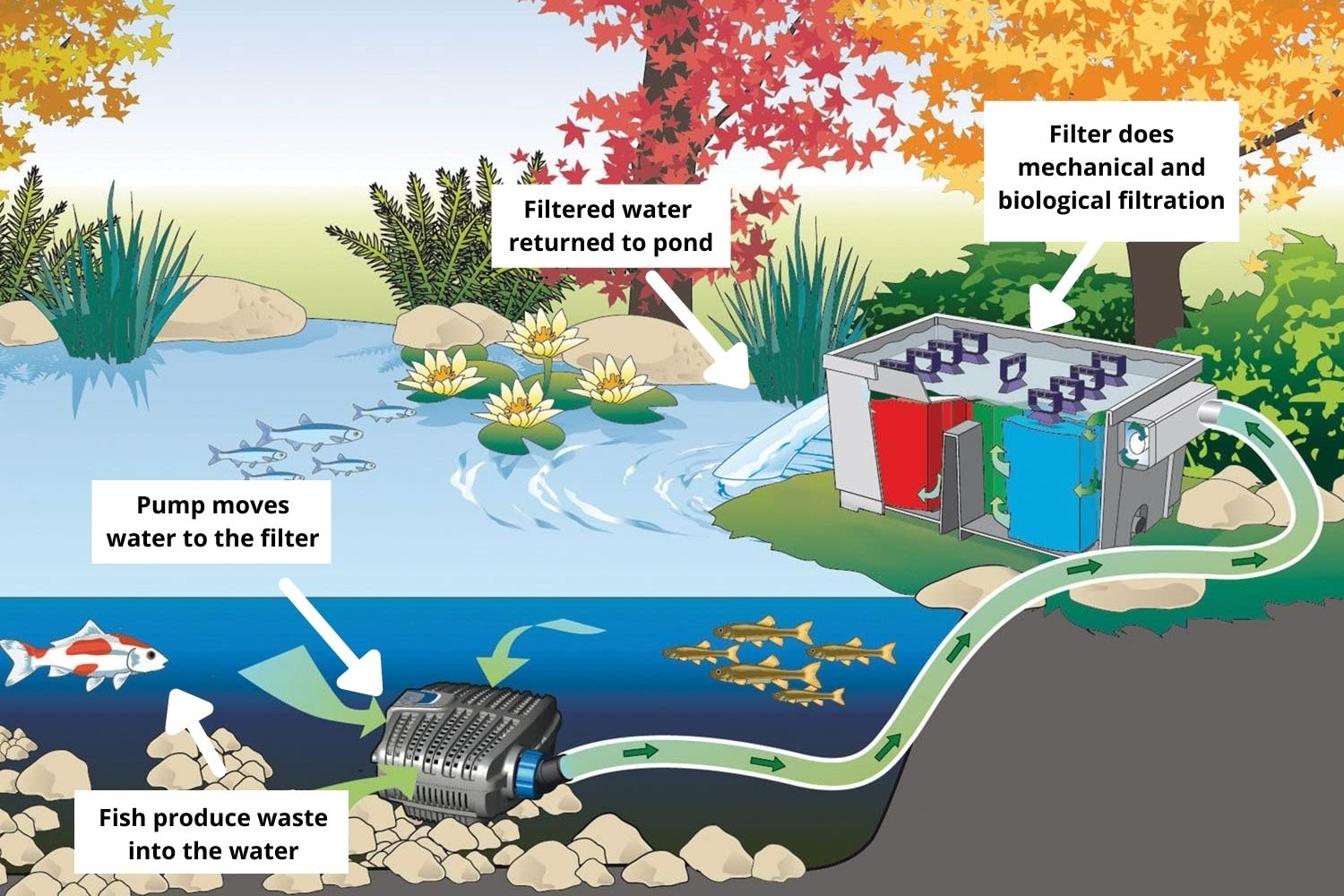
Clean water provided by a great pond filter is essential for aesthetic purposes and also vital in keeping your Koi fish in perfect health.
Koi pond filters play the role of perpetuating the nitrogen cycle, which is a constant, planet-wide process of organic matter degradation. In aquatic environments, it is even more important because it provides the degradation of numerous types of toxins that are dangerous to the creatures they may come in contact with.
A more practical explanation of this would be saying that bodily residue that comes from fish and decays of plants eventually break down into toxic matter. Under the impact of other processes of nature transform into ultimately harmless chemicals.
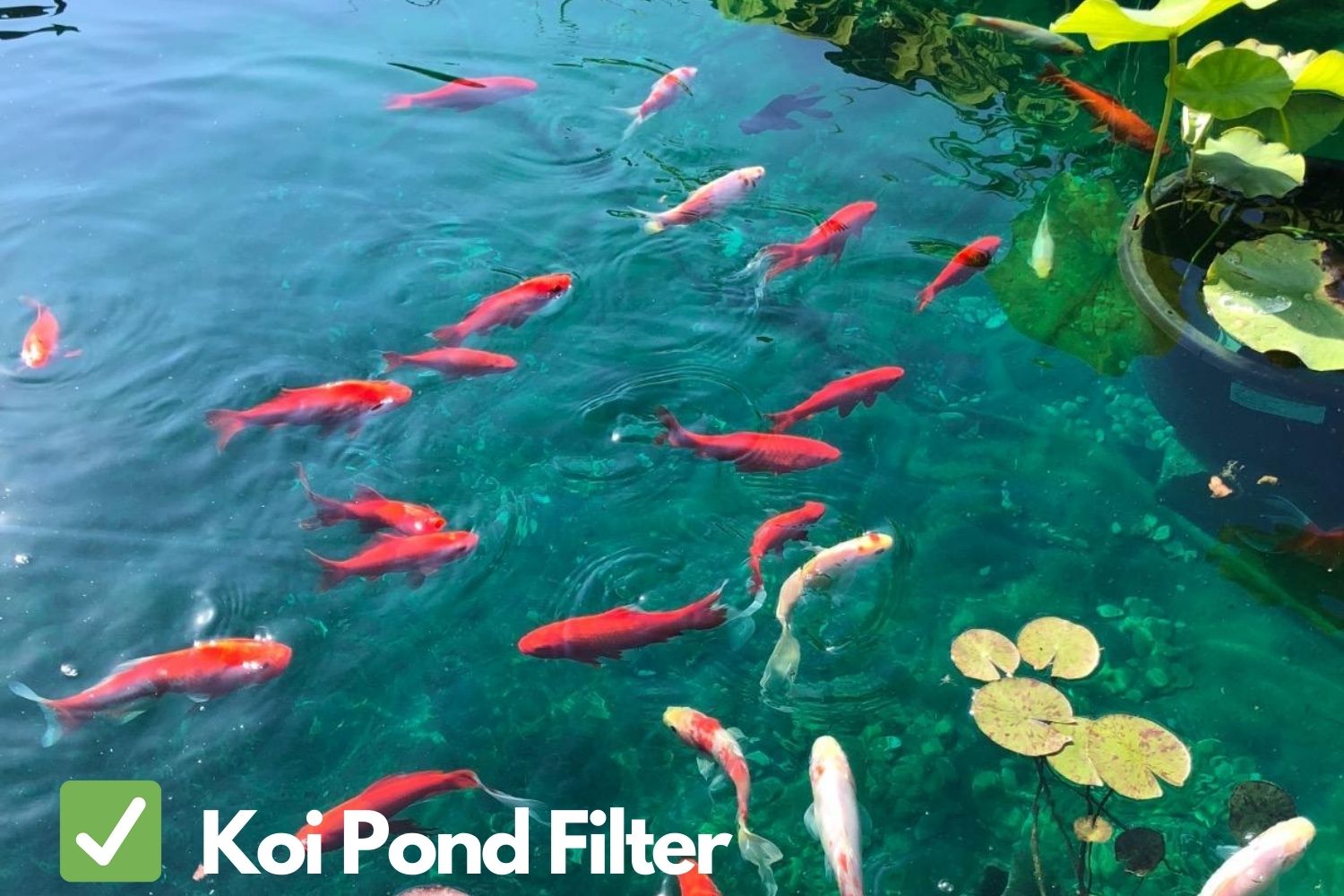
However, in an artificial environment, pond filters are the sole replacements of the previously mentioned natural processes and it is your responsibility to pick and choose the best pond filter out there and put thorough consideration behind every purchase made.
So let us tell you exactly what you need to know to create a beautiful pond and pick the best Koi pond filter equipment for maintaining it.
Best Koi Pond Filters Reviewed
The best Koi pond filters turn available ponds into an outdoor oasis. Now that you understand how Koi pond filter works, here’s a rundown of top picks. They represent some of the best koi pond filtration system setups available today in a variety of categories to help bring a pond to life.

OASE BioSmart 5000 Pond Filter easily takes first place on this list not only in price but also in volume. This stand-alone piece incorporates a gravity-assisted feed out which means it needs a place a bit higher than the pool. You might experience difficulty with its concealment since it isn’t the most subtle piece.
What is unique about this model is that it features indicators of cleaning and temperature which makes keeping the pump at top efficiency a breeze. Six or seven minutes of backflow will also be just enough to smoothen the flow again.
From the box, you will not receive a pump so you will need to find one that fits well since this unit is reported to struggle with high flow rate pumps. Apart from that, you will also need to find a fitting hose or connector since the outlet on this filter isn’t a standard size.
Pros
- Easy cleaning
- Good filtration
- Voluminous
- Cleaning and temperature indicators
Cons
- Unhelpful instruction manual
- Unfitting and poorly designed outflow nozzle
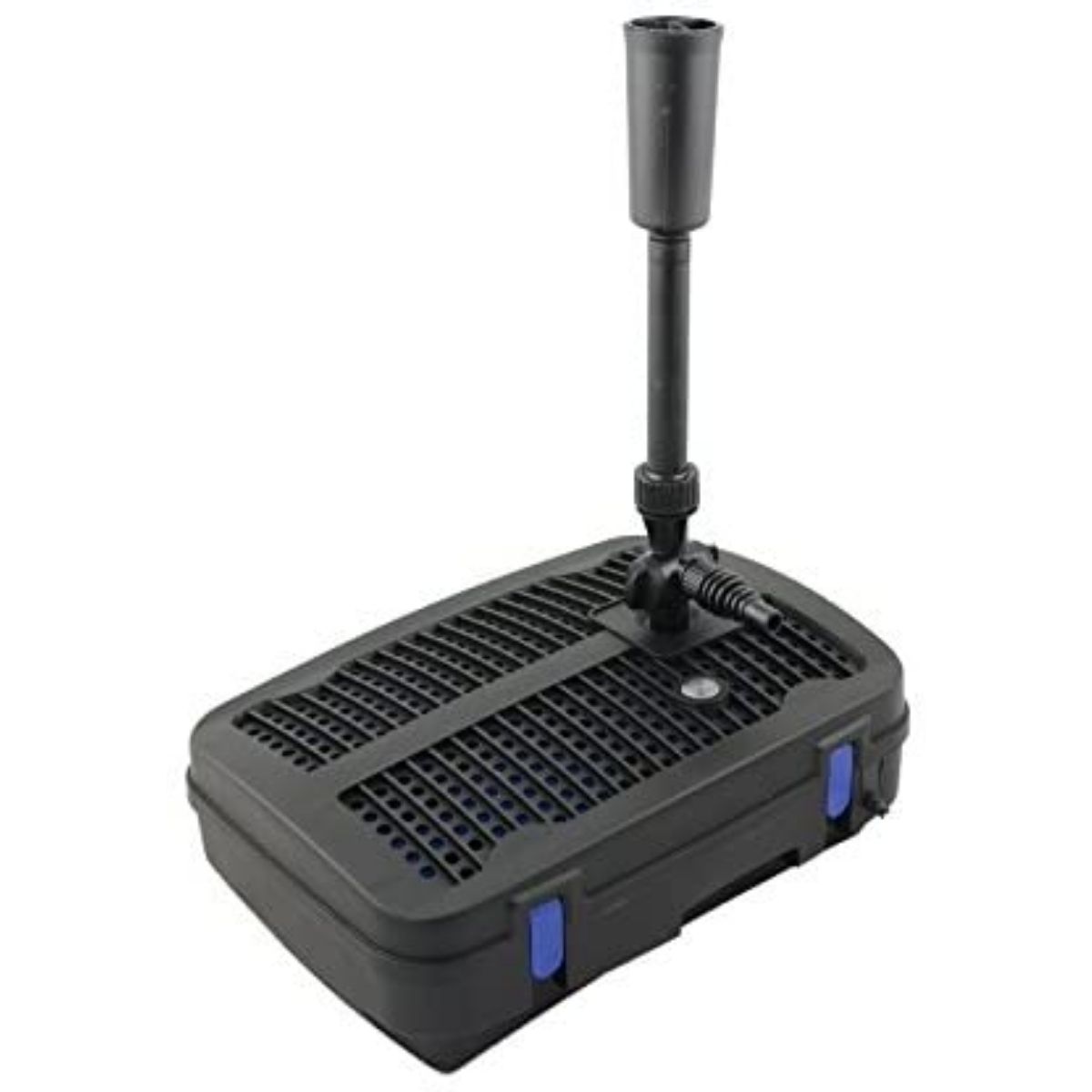
This product is our second top choice due to the wide array of functionality it offers. It’s an all-in-one system with two-stage filtration. It has a UV light, a built-in pump with a fountain design that not only contributes to the aesthetic of it but also serves as aeration.
The unit is small, suitable for small ponds or as an additional piece of filtration to much larger ponds. Installing it is no trouble, simply find where you want to place the unit and then switch it on. The 15-meter long cable will allow you ease of access in larger areas.
Not only does it come with a large coarse filter foam that water must pass through first but also three Bio filter media baskets which are designed to work together as one unit. This means you won’t have any more green sludge or murky water ruining the view of your beautiful pond. You can reduce algae by up to 90% using this system!
Pros
- Mechanical and biofiltration
- UV filter included
- Good value for money
- Incorporated pump
- Has a fountain
Cons
- Heavy to lift when full
- No backwash capability
- Cleaning the foam filters is a hassle
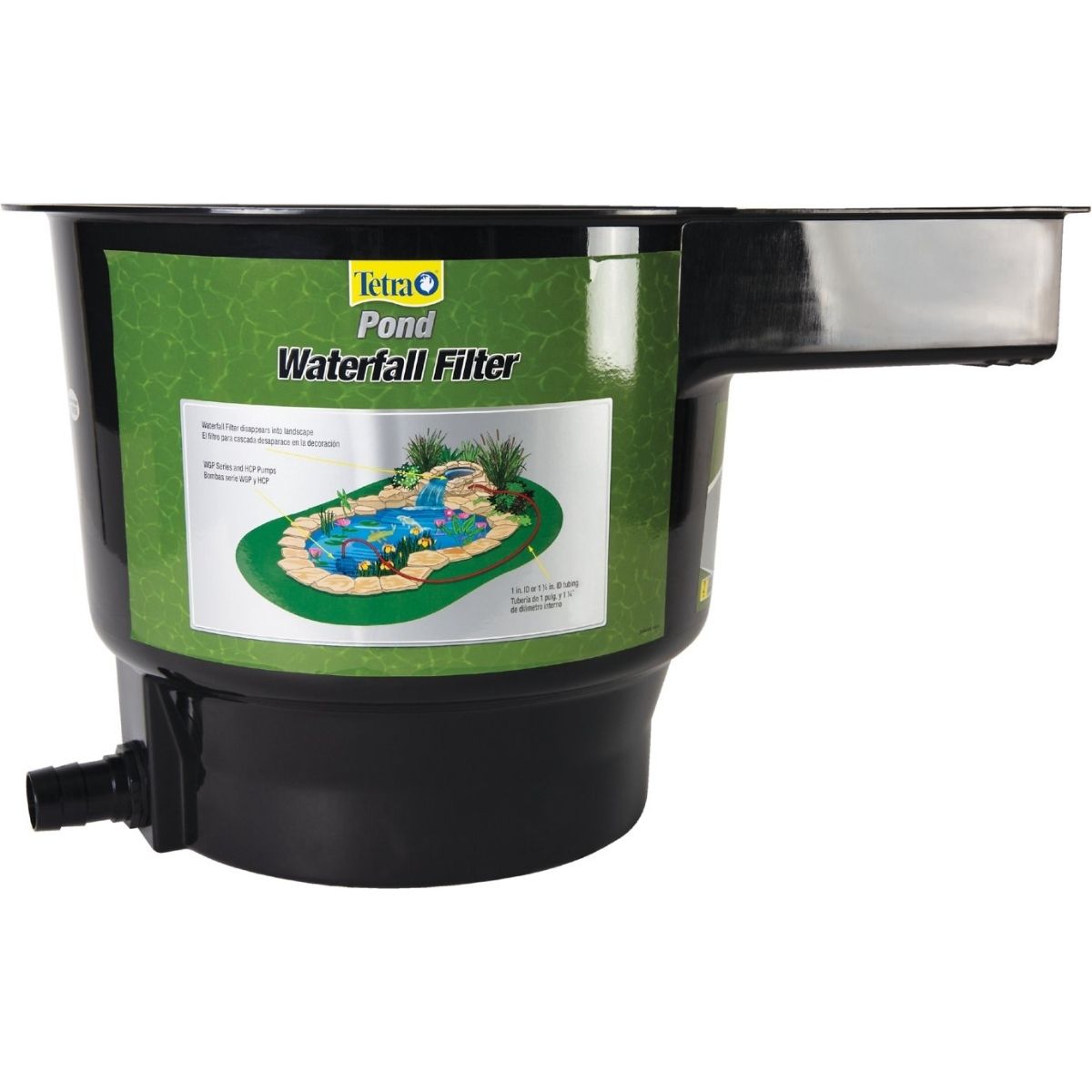
The TetraPond Waterfall Filter allows you to easily filter your water and create a beautiful waterfall for your pond. This easy-to-assemble filter provides both mechanical and biological filtration and can be easily hidden with rocks and pond decoration. Benefits of the Koi pond filter include increased aeration for your pond and cleaner and healthier pond water.
The upper chamber contains an activated carbon cartridge that removes harmful chemicals from the water as it flows back into the pond, including chlorine, ammonia, nitrite, and more.
Installing it is simple, but bear in mind that a standard .75-inch garden hose won’t be big enough to fit so you’ll want to opt for a b-inch or1.25-inch tubing instead. Note that the inlet is at the back of the unit and you, better check for any leaks while installing it if you don’t want any trouble in the future. Equipment for biofiltration needs to be bought separately as it isn’t included in the package.
Pros
- Easy to install and use
- Aeration improved due to the waterfall
- Works well right from the box
- Enhances aesthetics
Cons
- Hose needs to be bought separately
- Biofilter material is not included in the box
- Inlet position might make pumping a hassle

This pressurized filter is a unit built for big ponds, with a capacity of about 4000 gallons, to preserve the health and aesthetics of these big capacity ponds. The total filter and pump combo from XtremepowerUS is just perfect for areas with large water circulation requirements.
The setup is relatively easy, it comes with several sized outlets and inlet adaptors and an extra-long electrical cord to reach any remote part of your extra-large garden. Cleaning the filter is made easy by the cleaning indicators and a backwash setting which allows maintenance of the media without having to open up the filter itself.
Three layers of special sponges which the water pushes through allow of growth of beneficial bacteria and then the water is pressed through bio-balls which provide further biological filtration. You won’t find another filter like this on the market today. It’s not just an amazing product but also an incredible experience that will last for years to come! With its easy maintenance, this is one of the most efficient filters out there.
Pros
- Sufficient capacity
- UV light
- Several sizes for inlet and outlet adaptors
- Simple set up a d low maintenance
Cons
- Weak build
- Unreliable durability

The design on this product is pretty simple, practical, it’s basic but very easy to conceal behind an ornamental piece. An advantage this filter has is that it includes both mechanical and biofilter equipment plus a UV filter.
With this pressure bio filter, there are no more clogged filters or dirty water in your pond. Your fish will be healthier than ever before because they can swim freely without being exposed to harmful chemicals that other traditional filtration systems may not eliminate. Plus, with its simple design and sturdy construction, you never have to worry about leaks or breaks either!
You will be pleased to know that the backflush system is super simple, just reverse the flow of the water thus flushing out collected debris, turn the handle on top for five minutes and the filter will be cleaned just like that.
Pros
- Easy cleaning system
- Bio and mechanical filters in the box
- Good value for features
- UV filter
Cons
- Prone to leaking
Benefits of Using Koi Pond Filters
If that introduction was just not enough to make you make your mind up, let’s review some beneficial outcomes you will experience when using Koi pond filters:
- Your pond will always stay clean: The ultimate role of a filter of any kind is to keep the aquatic environment nice and clean. The result of this is not only water clean of debris but also a huge improvement of the visual and aesthetic factor of your pond.
- Your Koi fish will be healthier: Just like any other creature, if fish are kept in an unclean environment, they will struggle with health issues. The lack of filter in any aquatic environment can result in the death of your fish due to the dirty water.
- Your pond will have enough oxygen: You should always take care that your Koi fish have enough oxygen that they can breathe in easily. This process is made possible partly because the fitter will ensure there are fewer algae in the environment.
- Your pond will feel more natural: Koi fish typically prefer light currents, little flow, and gentleness overall. Filters are a great way to ensure there will be a certain amount of flow in your pond that you can adjust depending on the filter itself. The natural feel is sure to keep your Koi fish happy.
What to Consider When Buying a Koi Pond Filter
A Koi pond filter is an important piece of equipment for any koi pond owner. Not only does a filter help keep the water clean and healthy for your fish, but it also helps to maintain the proper pH balance and oxygen levels. With so many different filters on the market, it can be difficult to decide which one is right for you.
Here are some things to consider when buying a Koi pond filter:
Pond Size
The first question to ask yourself is how powerful your Koi pond filter needs to be. This will depend on the size of your pond, but it may also be influenced by the number of fish you have or whether or not you have other water features in the pond, like a waterfall.
The larger your pond, the more filtration you should have. If you only have a few fish, then a smaller filter will probably do just fine. If you are running other water features that use up oxygen then consider getting an additional pump.
Also, take into account whether or not there may be leaves overhanging your pond that could fall into it and clog up your filter. If so, you’ll want to purchase a pump that has an integrated leaf basket feature.
Filtration Stages: Mechanical vs Biological Filtration
When purchasing a Koi pond filter, another thing you need to decide is what type of filtration you want. There are two types of Koi pond filters: mechanical and biological. However different these two are, they are absolutely equally important in creating a safe environment for your Koi fish.
- Mechanical filtration use screens or other materials to trap debris and remove it from the water. It is the number one way to provide crystal clear water for your pond-scape, to ensure the beauty of your koi fish is always on flawless display. However, clear water doesn’t always indicate that the environment is sterile and healthy for your fish.
- Biological filtration: use bacteria to break down waste and organic matter, making the water healthier for your fish. Several bug species love to feed on the bio-waste that comes from your Koi fish. The human eye can not detect them and in the absence of proper filtration, the health of the water around your fish becomes compromised. Various substrates in the biofilters enable the development and growth of good bacteria that feed on the ammonia in the water and thus turning it into benign Nitrate.
If you have a large pond with a lot of debris, you will need a mechanical filter to keep the water clean. If you have a small pond with little debris, a biological filter may be all you need. For an optimal solution go for a filter that covers both, mechanical and biological filtration.
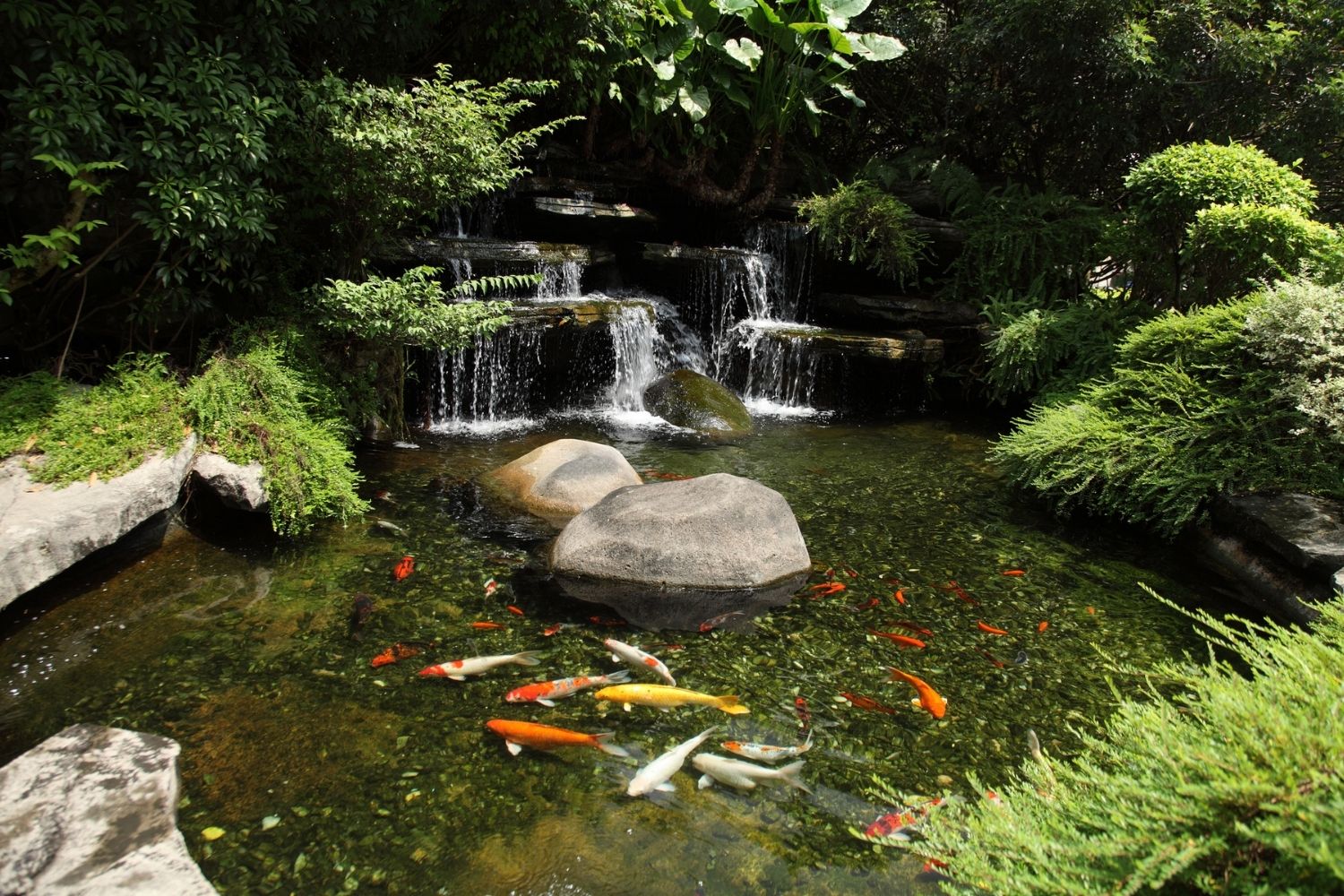
Pressurized or Non-pressurized Filter
Pressurized filters, otherwise named bead filters, are popular for owners of Koi fish because of the flexibility they allow in designing your pond. For starters, these pieces are placed at ground level or lower and enable the processing of huge water volumes.
The water moves slower through the beads due to the pressure, which means it has more time to stay in contact with the filtration media and that makes for better filtration overall. However, this slow-moving water makes it hard for good bacteria that enable biological filtration to survive, due to the lack of oxygen that helps them process the ammonia in unfiltered water.
Even so, this lack of oxygen is only a problem present in ponds with a big amount of fish, and in that case, there’s always the possibility to boost the biological filtration by adding an air-bubbler into the system or including activated carbon in the biological filtration media.
Non-pressurized filters (or box filters) are less complicated than bead filters and easier to install. They do however condition you to some extent in designing your pond because they require a flat surface to be placed on and they have depth restrictions.
The advantage of this filtering method is that it doesn’t tamper with the water’s flow rate and therefore allows good bacteria plenty of oxygen to work efficiently even in the presence of many fish in the pond. The higher flow rates will even allow biological residue to clean itself since the bacteria will be cleansed away by the water flow.
If your pond isn’t very deep and you don’t have much debris, a non-pressurized filter may be all that’s necessary. However, if you want to clean up your pond quickly and effectively, a pressurized filter is best for this purpose.
Cleaning
Cleaning and maintenance are also important factors to consider when choosing a Koi pond filter. All filters need to be cleaned on a regular basis, but some are easier to clean than others. Some filters also require more maintenance, such as changing the media or adding bacteria, than others.
Putting the job aside for one or two days could mean having to clean a filter full of cold and wet bio-residue, which we understand is a most unpleasant task to carry out. It is really worthwhile getting a piece of equipment that is easy to pull apart, put back together or replace, to prevent your fish from suffering from poor water quality.
Be sure to choose a filter that is easy to clean and requires minimal maintenance. This will save you time and hassle in the long run.
Electrical Components
Electricity is necessary to keep your filter working. Given that the filter will be located outside, you need to learn how to choose a model that will be safe and protected from external factors which it will be exposed to, such as weather conditions like rain or low temperature, and even from animals that might tamper with it.
A strong, sturdy unit is one that has all the features that keep it safe under outdoor exposure and that is the best choice you can possibly make.
Our Verdict
The market for koi pond filters is, confusing, to say the least. Since there is a wide array of options varying from species and ponds, you might find yourself a bit confused when looking for the best pond filter. This is where we come to play with our years of experience.
We went through all koi pond filtering systems to come up with the best option for you. And although that option depends on other parts of the ecosystem you got going on, we’d strongly recommend the OASE BioSmart 5000 Pond Filter as the safest option. It’s a good filter that does all it should without breaking the bank.
If you’re not sure yet of the ecosystem you want to build and need an option that’s safe for all case scenarios, the CNZ All-in-One Pond Filter System is the product of choice with its flexibility. In the end, whichever of the products we reviewed you end up choosing, we’re sure that they will deliver amazing performance and last as long as the pond itself.
How We Choose the Best Koi Pond Filter
Out of all the filters on the market, which are quite more than you might think, our team selected those that seemed more promising and catered better to the needs of the customers. After reviewing all these options, we came up with a definitive list that offered the best value for money as well as fulfilled most needs that a Koi pond would require.
Eventually, based on thorough research, professional reviews, and years of experience, we formulated this guide to help you choose the best koi pond filter for your Koi pond. We are sure that either of the aforementioned products will be more than suitable for your Koi fish and will provide crystal clear water for a long long time.
FAQs
Our in-depth review and specifications should have you feeling better equipped to choose the best Koi pond filter for your needs. That valuable information is underlined by examples of some of the top fountain filters currently available. Nevertheless, with so many options available, a few questions might remain. The following are answers to the most common.
Q: Why are some pond filters not suitable for Koi?
Koi fish tend to produce quite a mass of waste, comparably way more than other species. Therefore, the filter that deals with Koi ponds, not only needs to be powerful to handle all that but also needs to provide mechanical or biological filtration to do a correct job and keep your fish healthy and your pond clean.
Q: How big should a Koi pond filter be?
The size of the filter you need for your koi pond will depend on a few factors, including the size of your pond and the number and size of your fish. Most filters are designed to be used with ponds that range in size from 500 gallons to 5,000 gallons.
On the other hand, if you have a very large pond or many fish, you’ll need a filter that is capable of handling a larger volume of water.
Q: Is a filter necessary for Koi pond?
As mentioned earlier, a filter is vital to a Koi pond due to the waste they produce that can alter on manifest itself into toxins that will harm your fish and make them uncomfortable.
Q: Can you have too much filtration in a Koi pond?
While you want to make sure your koi pond is as clean as possible, you don’t want too much filtration. This is because over-filtering can actually rob your pond of important nutrients that the fish need to survive.
It’s important to find the right balance between keeping your pond clean and maintaining the health of your fish.
Q: How often should I clean my Koi pond filter?
How often you need to clean your koi pond filter will depend on the type of filter you have and how dirty the water becomes. Generally, biological filters should be cleaned every two or three weeks, mechanical filters should be cleaned every month or two, and chemical filters should be cleaned every six months or so.
